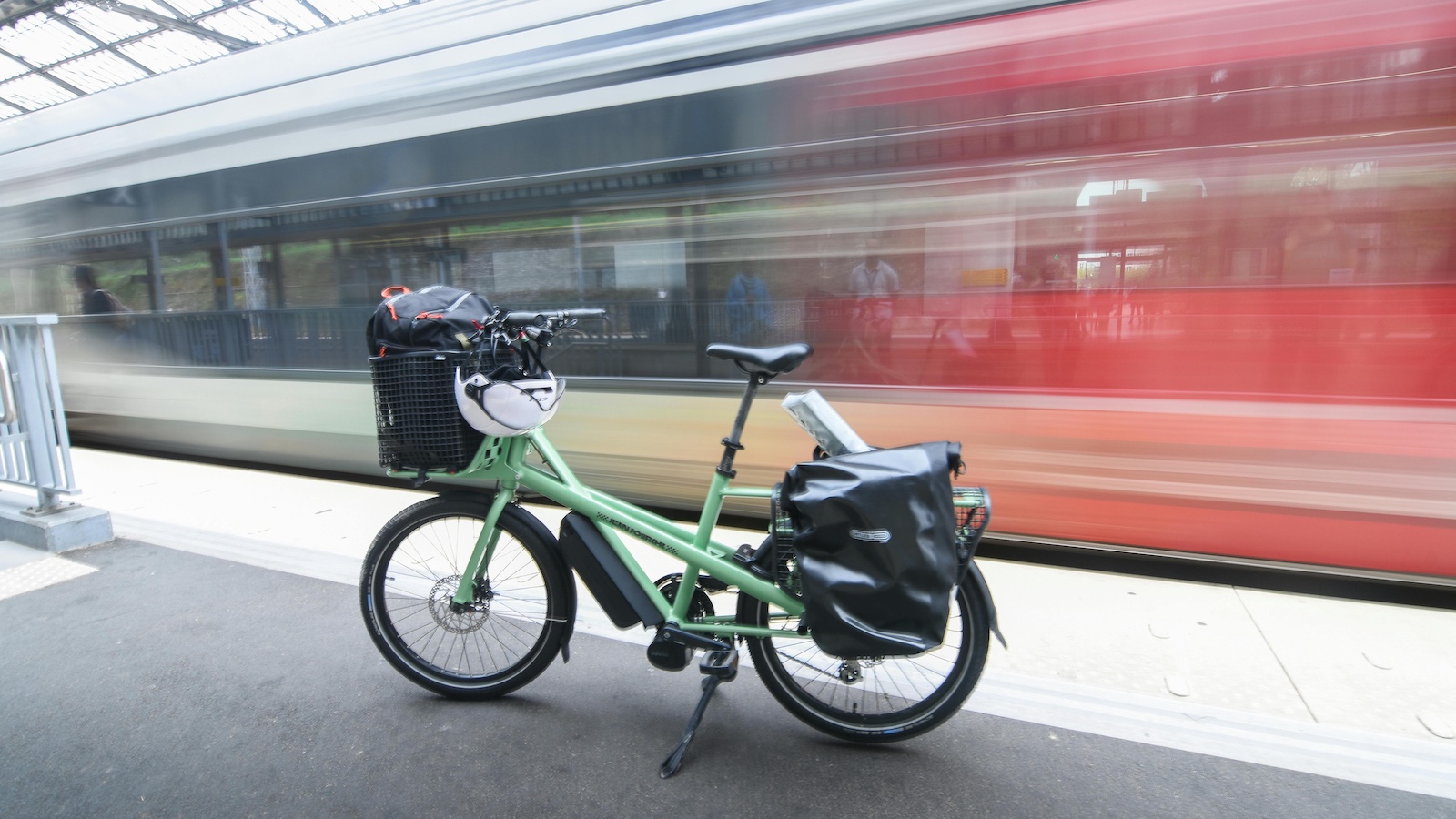2020 has been a tumultuous time for consumers and businesses alike. The coronavirus crisis led to nearly half of American employees working from home in the spring of this year. Pair that figure with the fact that unemployment rates climbed to nearly 15% in April 2020, and it’s easy to understand why consumers are looking for ways to reduce their expenses and stretch the dollars they have. And why some insurance companies are making unprecedented moves.
Numerous auto insurance providers took steps to reduce premiums or issue partial refunds to customers in light of the COVID-19 pandemic, but consumers are still on the hunt for savings. Those one-time deals might not be enough. According to a recent study, online demand for new insurance policies has gone up by 27% since March.
Without a daily commute for the foreseeable future, consumer interest in pay-per-mile coverage is on the rise
A recent survey by J.D. Power revealed that more than 40% of consumers were interested in telematics-based auto insurance options. This survey was released in May, early in a pandemic that many hoped would be quickly squashed. With COVID-19 cases once again spiking in some states, the interest could be even higher, because customers only want to pay for as much coverage as they use.
Despite the appeal, true pay-per-mile policies aren’t offered across the board. At present, only a few carriers offer pay-per-mile insurance and determine premiums according to a mileage fee plus a base rate. Also, the potential savings from a pay-per-mile program may not be quite as high as consumers expect. Drivers who log an average of more than 1,000 miles per month (12,000 miles per year) on the road could end up paying more than they would with a traditional auto insurance policy.
Increased interest means it may be time for more carriers to consider pay-per-mile insurance as a way to avoid customer turnover while increasing potential revenue.
See also: How to Engage Better on Auto Insurance
The impact of pay-per-mile coverage
While consumers may be interested in the option, some insurers' hands are tied. Providers cannot offer these types of policies without first getting approval from each individual state’s department of insurance. In addition, privacy concerns and state regulations can make it difficult or costly for insurance companies to implement telematics-based programs in certain states. At present, usage-based car insurance policies are only available to residents in a little over half of the U.S.
With pay-per-mile insurance, the industry may experience:
Fewer payouts. Drivers who sign up for mileage-based car insurance policies may also be more cognizant of their driving habits, speculates Andrew Hurst, insurance analyst at ValuePenguin. More-aware drivers should create safer roads for everyone — and potentially fewer payouts for insurance providers as a bonus.
Reduction of fraudulent claims. Usage-based insurance could also lead to a reduction in fraud, according to the National Association of Insurance Commissioners (NAIC). Details that insurance companies collect from telematics devices can make it easier to estimate damages and review the actual facts (i.e., speed, time of incident, hard braking, etc.) when accidents take place.
More insight into driving behaviors. Telematics tracking could also help an insurer identify individual drivers who should possibly pay higher premiums due to risk. Progressive reveals, for example, that it increases the premiums of around two in 10 drivers who sign up for its Snapshot program due to risky driving habits. However, Hurst said, “I'm not so sure this would be worthwhile in the long run, as customers could simply leave and go to an insurer that didn't do that.”
Pay-per-mile coverage and the future
Thanks to a number of factors, traditional auto insurance rates are likely to rise in 2020. Higher repair costs on tech-heavy vehicles, more accidents from distracted drivers and natural disaster-induced claims are partially to blame.
See also: How to Thrive in Auto Insurance
At the same time, consumer desire for lower premiums and usage-based options is on the rise. So, the insurance industry may need to find other ways to appeal to price-sensitive drivers while still controlling risk and overall costs.







